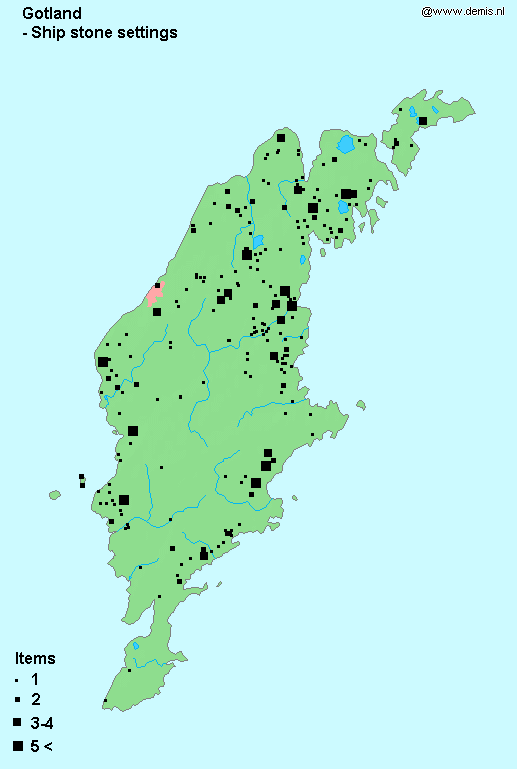During our stopovers along the years on Gotland, we had visited quite a few of the medieval churches in Gotland. We took an early spring weekend in Gotland, as at a time Sweden was not confined, and we went through the country side from wonders to wonders as all churches are covered with frescos from the Middle-Ages...
Ninety-three medieval churches are located on Gotland. As Gotland converted to Christianity during the XIth century, the inhabitants started constructing
stave churches, wooden constructions inspired by the
Norsemen. None of these stave churches have survived. They were replaced during the XII century by stone churches. During the prosperous Hansa trade times of the XIII century, churches were reconstructed and expanded with some adopting a more gothic style and incorporating stained glasses. No new churches were erected in Gotland after the 1400s'.
 |
| Dalhem church |
Here is a sample of our discoveries during the weekend...
















































